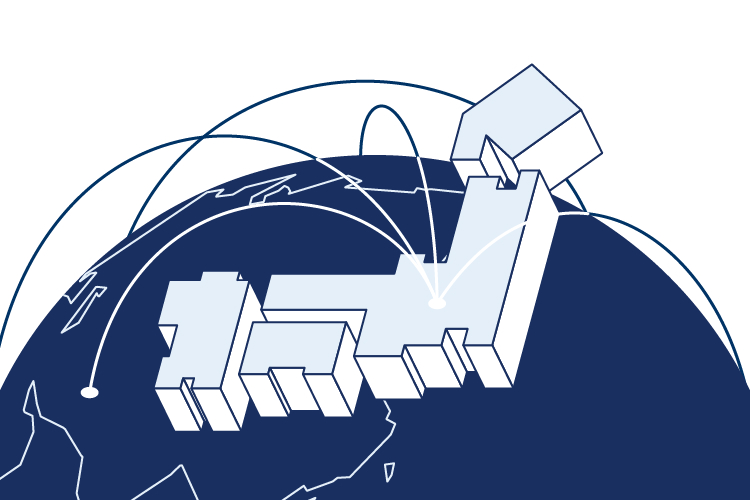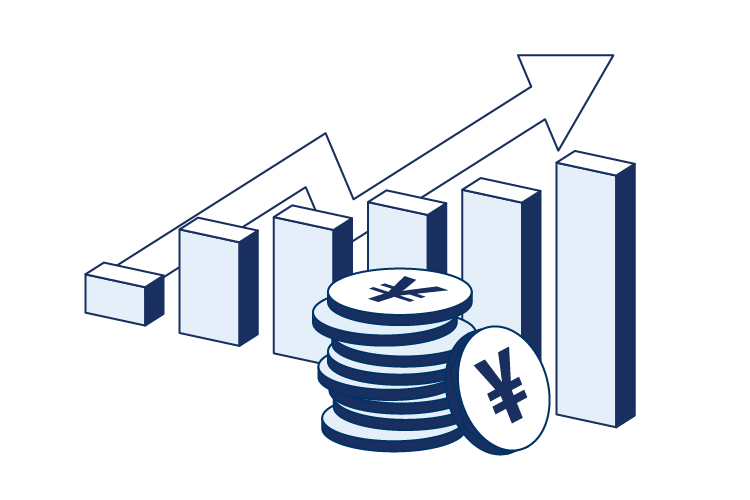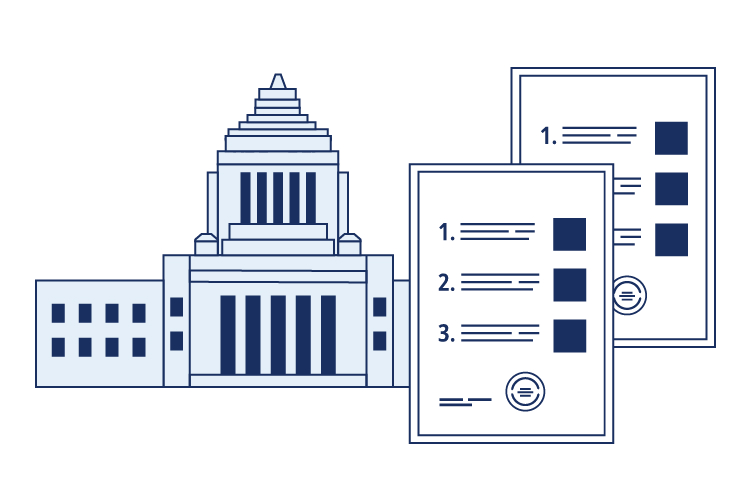The Ideal Environment for Innovation

Japan’s R&D Push Could Help Your Business to Innovate
| Rank | Country | Score |
|---|---|---|
| 1 | United States of America | 77.2 |
| 2 | Japan | 71.5 |
| 3 | United Kingdom | 71.3 |
| 4 | Germany | 69.6 |
| 5 | France | 62.5 |
| 6 | Canada | 56.0 |
| 7 | Italy | 43.4 |
-
Source:
World Intellectual Property Organization (WIPO) (2023). Global Innovation Index 2023: Innovation in the face of uncertainty. Geneva: WIPO. DOI:10.34667/tind.48220

Japan ranks second among the G7 countries in a comprehensive research and development ranking, evaluated based on indicators such as the number of researchers and R&D expenditure. Combined with its wealth of intellectual resources, this powerful commitment to innovation fosters an environment that presents a prime opportunity for your business to create new value in Japan.
Seize Opportunities in Japan’s Technology Cluster Cities
Japan’s technology cluster cities are drawing interest worldwide.
Bringing tech companies into proximity with research institutions, these buzzing urban hubs are fostering the kind of collaboration and competition that sparks technological innovation. With a business presence in one of these cities, you’ll be right where the magic happens, able to tap into up-to-the-minute R&D development, and primed to create cutting-edge products and services. Many global companies have already leveraged these vibrant environments of innovation to generate new value.

Source: World Intellectual Property Organization (WIPO) (2023). Global Innovation Index 2023: Innovation in the face of uncertainty. Geneva: WIPO. DOI:10.34667/tind.48220![]()
Open Innovation Initiatives with Japanese Companies and Universities, Conducted or of Interest to Foreign-affiliated Companies
Collaboration and partnerships with domestic companies and institutions in Japan can be a key strategy for expanding your business in the country. A JETRO survey of foreign-affiliated companies based in Japan revealed that 80% of companies considering collaboration and over 70% of those already engaged in it are motivated by a desire to strengthen and expand their business.
By combining your business strengths with the unique advantages of Japanese companies, you can energize your business and enhance your competitiveness.

Source: JETRO "2023 Survey on Business Operations of Foreign-affiliated Companies in Japan”
Japanese Government Incentives and Grants Could Take Your Startup to the Next Level
Global startups in Japan now enjoy a supportive environment in terms of funding, with plenty of government incentives and grants available. This environment has opened up a host of new possibilities on the Japanese market, and over the past decade, startup investment in Japan has actually grown tenfold approximately.
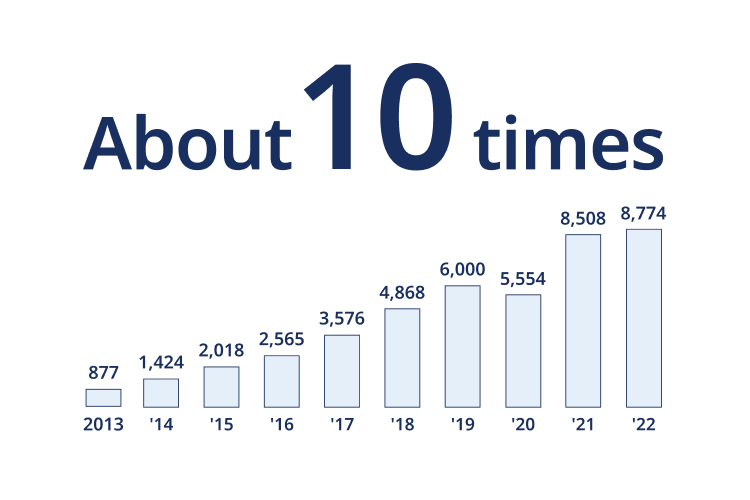
Domestic Startup Funding Amount in Japan (Unit: 100 million yen) (Value: Total amount raised)
*1 The values for each year are based on observations made up to the time of aggregation.
*2 Due to the nature of the data, the figures, including those in the past, fluctuate depending on the progress of the survey. The smaller the value of a project, the more likely it is to be affected by the progress of the survey, and the number of procuring companies is particularly susceptible to change.
Source: Created by JETRO based on SPEEDA "Speeder Startup Information Research (as of January 19, 2023)"
Tokyo Ranks in the World's Top 10 Startup Cities
| Rank | City |
|---|---|
| 1 | Silicon Valley |
| 2 | New York City |
| 2 | London |
| 4 | Tel Aviv |
| 4 | Los Angeles |
| 6 | Boston |
| 7 | Singapore |
| 8 | Beijing |
| 9 | Seoul |
| 10 | Tokyo |
-
Source:
Startup Genome LLC "The Global Startup Ecosystem Report 2024 (GSER 2024)"
Tokyo is ranked in the top 10 globally for startup ecosystems. High R&D spending, a large number of patent applications and robust government support have put Tokyo firmly among the world’s top startup locations, attracting the attention of overseas companies. The world is watching as Tokyo the startup city takes off. Now is the time to get on board.
Scale Up with Japan’s Unique Startup Support Ecosystem
Japan’s startup ecosystem offers an array of unique initiatives designed to promote innovation. As well as delivering startup support, it provides help with attracting venture capital, education for entrepreneurs, and matchmaking for R&D collaborations between industry, government, and academia. Offering comprehensive support at every stage from founding to growth and eventual success, this ecosystem is open to global startups and investors, cultivating an environment that fosters long-term success.
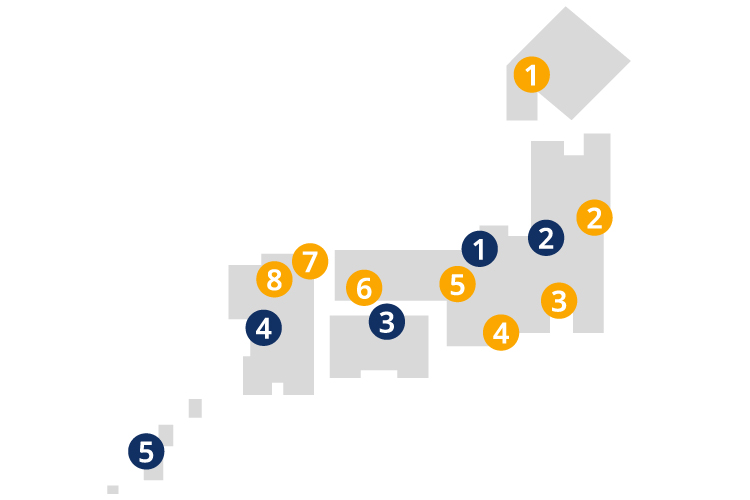
Startup Ecosystem Cities
*1-8: Global startup cities, 1-5: Next Global cities
Source: Created by JETRO based on the Office for Science and Technology Innovation Promotion, Cabinet Office "The Open Call and Selection of Second-Phase Startup Ecosystem Hub Cities"
Global City
-
1.
Hokkaido
-
2.
Tohoku
-
3.
Tokyo
-
4.
Central
-
5.
Kansai
-
6.
Hiroshima
-
7.
Kitakyushu
-
8.
Fukuoka
Next Global City
-
1.
Hokuriku
-
2.
Nagano/Niigata
-
3.
Setouchi
-
4.
Kumamoto
-
5.
Okinawa
Streamlined Visa Support Helps Overseas Companies Focus on Business
The Highly Skilled Professional residency status may be offered to employees of global companies, provided they meet certain criteria in areas such as education, work experience, and income level. Having obtained this status, your team will be able to focus on your business without worrying about immigration issues. Additionally, international entrepreneurs can apply for a Startup Visa enabling the holder to stay in Japan for one year while preparing to start a business. With comprehensive, one-stop support available for everything from immigration to company registration, you can confidently launch your business in Japan.

Explore more: Setting Up Business
Setting Up a Company in Japan is Easier Than You Think
In Japan, the system for establishing a company has been made simple and straightforward. A business can be registered with as little as 1 yen in capital, and minimum setup costs can be kept at around 15 million yen, so setting up is more accessible than you might expect. The procedures involved can be carried out online, and plenty of support is available for visa applications. You’ll be surprised by how easy it is to get started in Japan.

Explore more: Setting Up Business
We provide a flowchart outlining the basic steps involved in establishing a base in Japan. You can also find a detailed explanation of each step, cost estimation, an overview of the laws, regulations and procedures related to setting up business, and more.
The pamphlet “Laws & Regulations” is available in PDF, and outlines basic information about laws, regulations and procedures related to setting up a business in Japan.

PDF “Reasons to Choose Japan”
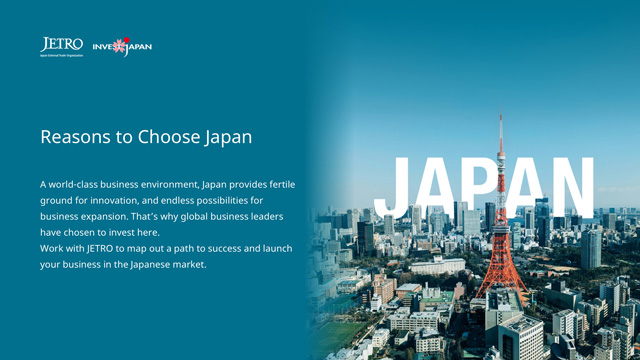
The “Reasons to Choose Japan” is also available in PDF.
Contact Us
Investing in and collaborating with Japan
We will do our very best to support your business expansion into and within Japan as well as business collaboration with Japanese companies. Please feel free to contact us via the form below for any inquiries.
Inquiry FormJETRO Worldwide
Our network covers over 50 countries worldwide. You can contact us at one of our local offices near you for consultation.
Worldwide Offices




























